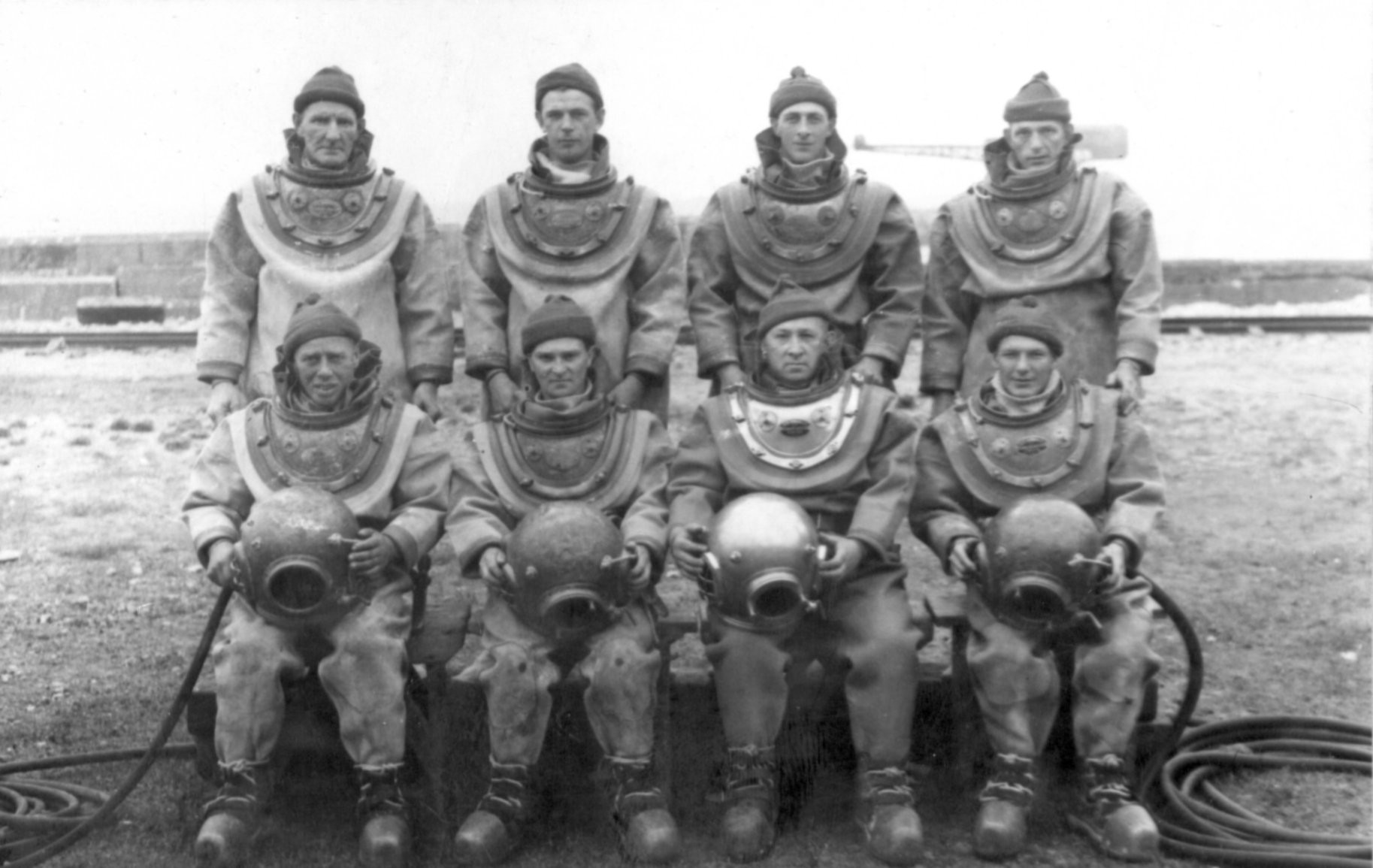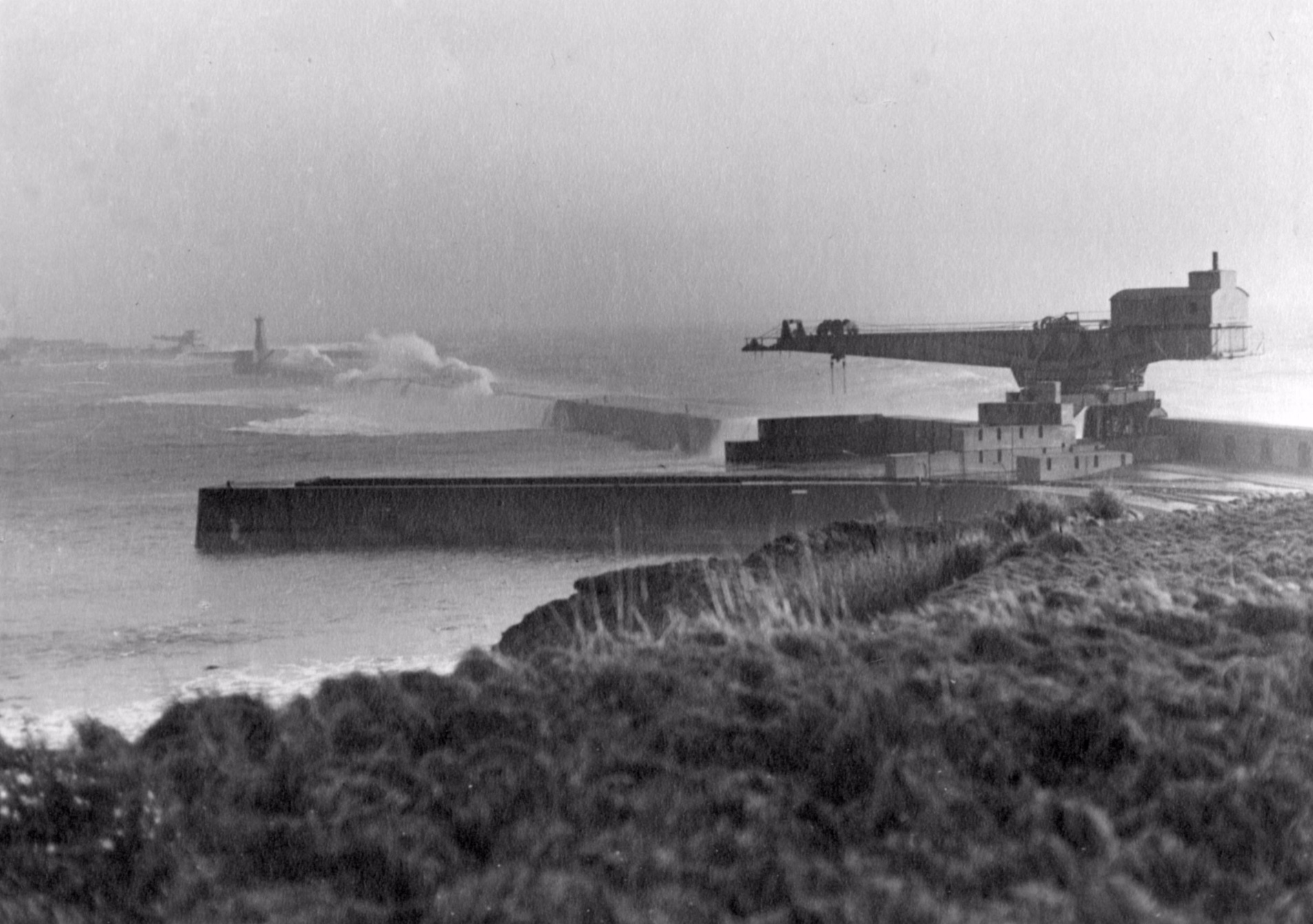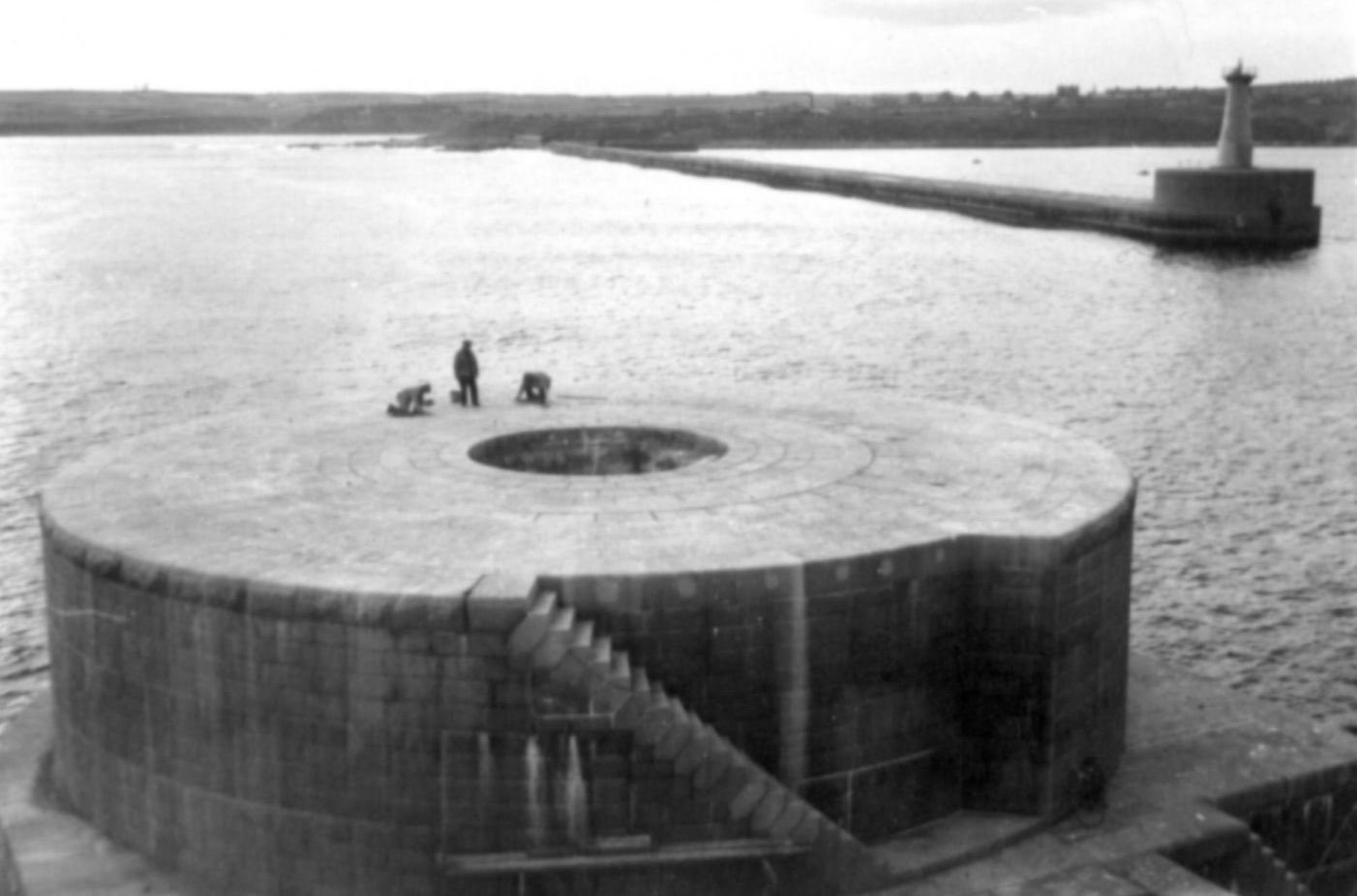There has been a harbour at Peterhead for more than 400 years. During that time the success of the town has been closely linked to the level of maritime trade and activity.
The harbour experienced boom years associated with whaling, herring and white fish species. There were also very hard times when stocks were depleted, prices low or schemes imposed to decommission boats.
However, a series of strategic investments to provide modern and capable harbour facilities has now helped Peterhead attain the position of the largest fishing port in the UK.
During the late nineteenth century there was considerable concern at the loss of life and craft at sea. A plan to provide several Harbours of Refuge along the east coast of Britain was made, but the only Scottish development occurred at Peterhead.
A male prison was constructed to provide convict labour to build the breakwaters, work on which started in 1886 and, with the aid of a gigantic, rail-manoeuvred crane named Titan, continued until completion in 1956, interrupted only by the two world wars.
By the time the harbour was completed, sail had given way to power and there was no longer a requirement for a Harbour of Refuge. The sheltered bay created by the breakwaters was little used until the discovery of oil in the North Sea. The strategic location of Peterhead made it an ideal centre for servicing the offshore oil and gas industry. The provision of purpose-built support bases and deep-water berthing has enabled Peterhead to develop its role as an important centre for this industry.
See Also

Our Community

Constitution & Board











